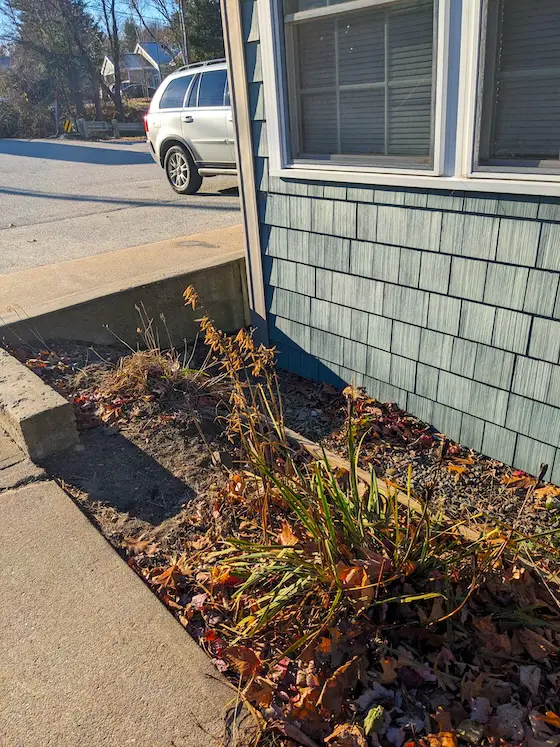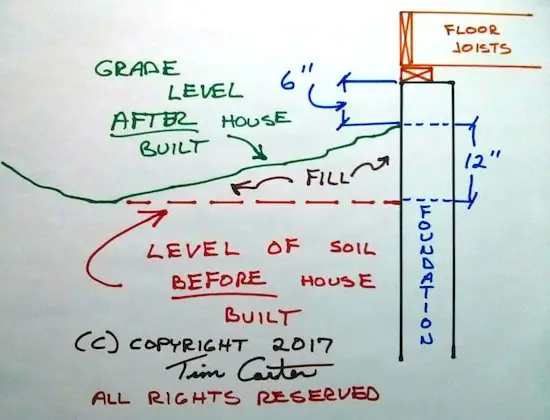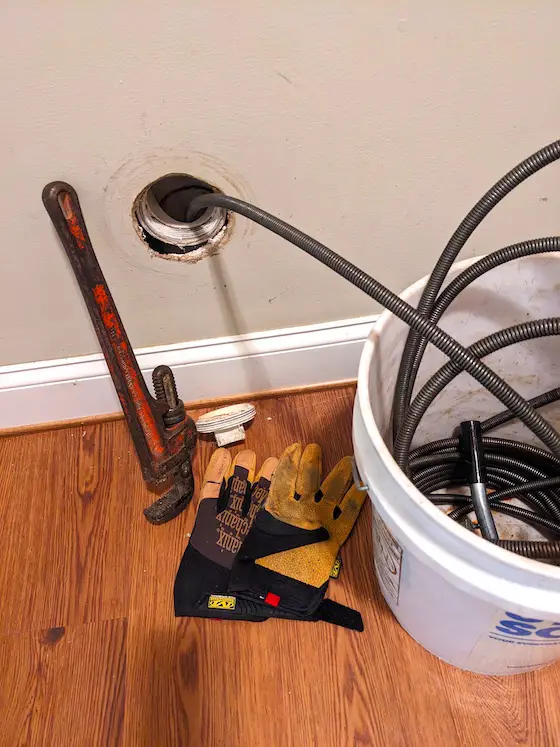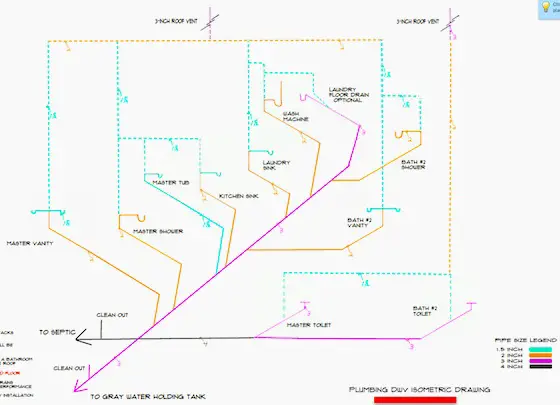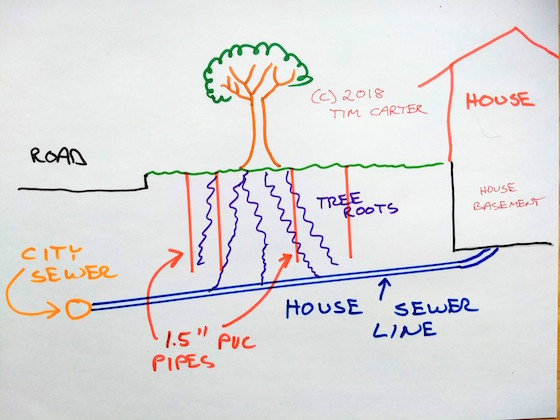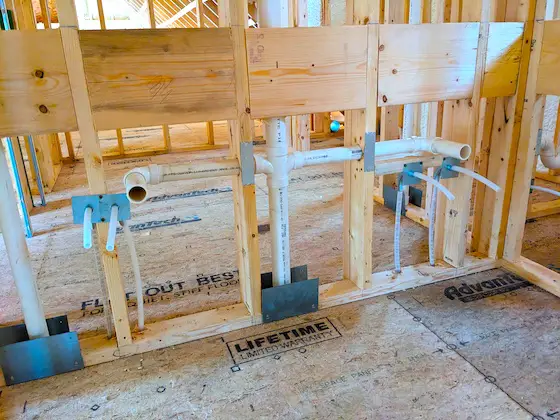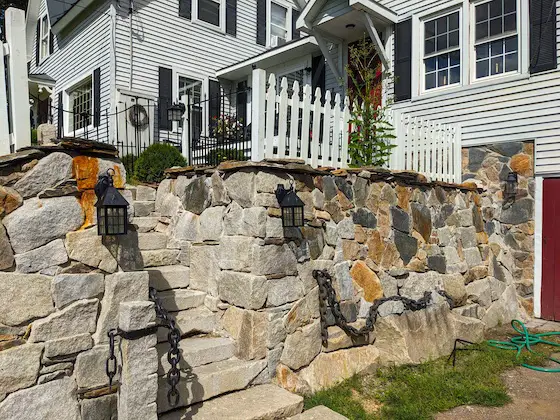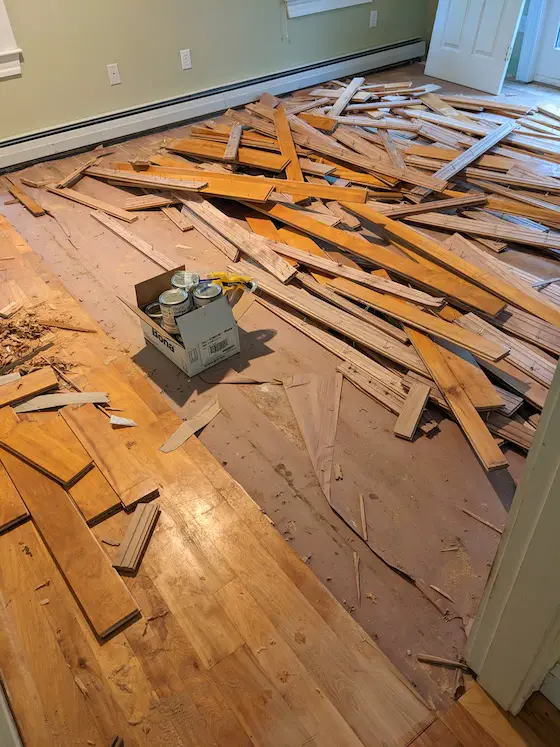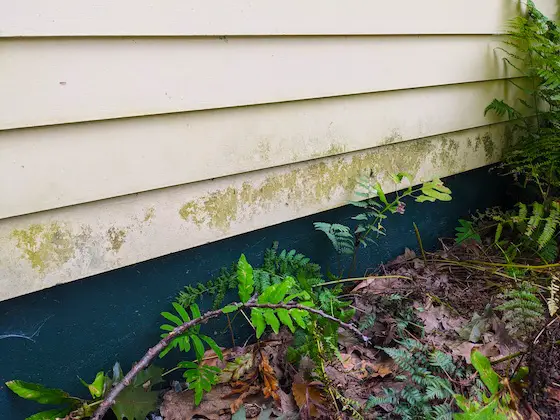All Wars are Bankers Wars
Publisher Note: All that follows was copied and pasted from a PDF file I received from Ric, one of my newsletter subscribers. I do NOT own the copyright and hope the original author is pleased that I'm sharing far and wide what he wrote.
The above is an old video from 2013, but it contains some excellent information. History is not what we have been told.
Important truths have been withheld from you and millions of others. Half-truths are WHOLE LIES.
The video above features a 2013 documentary, "All Wars Are Bankers Wars," written and narrated by Michael Rivero.
As explained by Rivero, all wars can be traced back to the private central bankers.
"The more you study this, the more you’ll realize that ALL wars are wars for the private central bankers," he says. American soldiers have fought and died in wars initiated for no other purpose than to force private central banking on nations that didn’t want them."
Usury — The Birth of Money from Money
The philosopher Aristotle (384-322 BC) once said:
"The most hated sort of moneymaking, and with the greatest reason, is usury, which makes a gain out of money itself, and not from the natural use of it. For money was intended to be used in exchange, but not to increase at interest.
And this term ‘usury,’ which means the birth of money from money, is applied to the breeding of money, because the offspring resembles the parent. Wherefore of all modes of making money, this is the most unnatural."
What Aristotle described, is the business model of all central banks. They make money out of thin air by lending money at interest, and in the process, they drain a nation of its wealth. The first bankers war example illustrated in the film is that of the American Revolution, fought between 1775 and 1783.
Thirteen of Great Britain’s North American colonies revolted against British rule and established the sovereign United States of America, founded with the Declaration of Independence in 1776.
The American Revolution was fought to prevent Central Banking
However, as explained by Rivero, the American Revolution was instigated by the King George III Currency Act, which forced the North American colonists to conduct business using Bank of England banknotes borrowed at interest:
"If you go back to the writings of Ben Franklin ... here’s a direct quote: ‘The refusal of King George III to allow the colonies to operate an honest money system, which freed the ordinary man from the clutches of the money manipulators, was probably the prime cause of the revolution.’
That's Ben Franklin. Our public schools don't teach that because you're not supposed to know that the bankers were really behind the American Revolution.
After the revolution, the United States adopted a revolutionary radically different economic system in which the government issued its own value-based currency, so that private banks couldn't skim the wealth of the people through interest-bearing banknotes. So the American Revolution was fought primarily to free the American people from King George the 3rd's Currency Act ..."
When Corruption Fails, Threats are Made
Unfortunately, it’s easy to corrupt people, and the central bankers know that better than most. Just 1 year after Mayer Amschel Rothschild uttered the now-infamous quote, "Let me issue and control the nation's money and I care not who makes the laws," private bankers succeeded in setting up a private central bank, called The First Bank of the United States.
This bank was founded in 1791, and within 20 years, it had gutted the U.S. economy while enriching the bank owners. As a result of its obvious failures, Congress refused to renew the bank’s charter. The intention was to return to a state-issued, value-based currency, for which Americans would not have to pay any interest. In response, Nathan Mayer Rothschild issued the following threat:
"Either the application for renewal of the charter is granted, or the United States will find itself involved in a most disastrous war."
Despite that threat, Congress held firm and refused to renew the bank’s charter. Nathan Mayer Rothschild railed against the decision, stating:
"Teach those impudent Americans a lesson! Bring them back to colonial status!"
And that’s exactly what Great Britain did — or tried to do. The Rothschild-controlled Bank of England financed Britain’s War of 1812, the aim of which was to either a) recolonize the United States and force Americans to use Bank of England banknotes, or b) plunge the nation into so much debt, they’d have no choice but to accept a new private central bank.
"And the plan worked," Rivero says. "Even though the United States won the war of 1812, Congress was forced to grant a new charter for yet another private bank, issuing the public currency as loans at interest.
Once again, private bankers were in control of the nation's money supply and cared not who made the laws or how many British or American soldiers had to die for it. And once again, the nation was plunged into debt, unemployment and poverty by the predations of the private central bank.
In 1832, Andrew Jackson successfully campaigned for his 2nd term as President under the slogan, ‘Jackson and No Bank.’ True to his word, Jackson succeeded in blocking the renewal of the charter for the Second Bank of the United States of America ...
Shortly after the charter for the Second Bank of the United States expired, there was an assassination attempt on Andrew Jackson. It failed when both pistols used by the assassin, Richard Lawrence, failed to fire.
Later on, Lawrence explained the motive for the assassination by saying that, with President Jackson dead, money would be more plenty. So, it was an assassination motivated by the interests of the bankers."
Debt Is an Enslavement System
The reason you never learned this in school is because the public school system is subservient to the bankers, who want certain history to remain hidden. When the
Confederacy seceded from the United States, the bankers offered to fund Lincoln's efforts to bring them back into the union — at 30% interest.
Lincoln replied that he would "not free the black man by enslaving the white man to the bankers," and instead issued a new government currency, the greenback. The following quote from the London Times is a telling one:
"If this mischievous financial policy, which has its origin in North America, shall become endurated down to a fixture, then that government will furnish its own money without cost.
It will pay off debts and be without debt. It will have all the money necessary to carry on its commerce. It will become prosperous without precedent in the history of the world. The brains and wealth of all countries will go to North America. That country must be destroyed, or it will destroy every monarchy on the globe."
France and Britain considered invading the United States in support of the Confederacy, but were held at bay by Russia, which came to the aid of Lincoln’s Union. 4 The Union won the war, but Lincoln was assassinated in 1865. The interest-free greenbacks were pulled from circulation, and America was again forced into banknotes borrowed at interest from private central bankers.
In 1913, the private central bankers of Europe met with their American collaborators on Jekyll Island, Georgia, where they formed a new American banking cartel. Rivero explains:
"Owing to hostility over the previous banks of the United States, the name of this 3rd bank was changed to the Federal Reserve, in order to grant the new bank a quasi governmental image. But in fact, it is a privately owned bank. It's no more federal than Federal Express ...
So 1913 proved to be a transformative year for the nation's economy. First with Congress’ passage of the 16th income tax amendment, and the false claim it had been ratified. Here's another direct quote [from U.S. District Court Judge James C. Fox, in Sullivan v. United States 2003]:
‘I think if you were to go back and try and find and review the ratification for the 16th amendment, which was the Internal Revenue, the income tax ... you would find that a sufficient number of states never ratified that amendment.’"
Later that year (1913), President Woodrow Wilson signed the Federal Reserve Act, in exchange for campaign contributions — a decision he later regretted.
In 1919, Wilson wrote:
"I am a most unhappy man. I have unwittingly ruined my country, a great industrial nation is now controlled by a system of credit. We are no longer a government by free opinion, no longer a government by conviction and the vote of the majority, but a government by the opinion and duress of a small group of dominant men."
World War I and II were Bankers' Wars
According to Rivero, the real reason behind World War I — which began as a squabble between Austria, Hungary and Serbia and only later shifted to focus on Germany — was Germany’s industrial capacity, which posed an economic threat to Great Britain, the currency of which was in decline due to its lack of focus on industrial development.
After Germany’s defeat, the private bankers seized control of Germany’s economy, which resulted in hyperinflation. After the collapse of the Weimar Republic, the National Socialist party came into power and issued a new state currency not borrowed from central banks.
"It was based on a unit of value, not a unit of debt. Freed from having to pay interest on the money in circulation, Germany blossomed and quickly began to rebuild its industry. It was an amazing transformation to see. The media called it the German Miracle.
Time Magazine lionized Hitler for the amazing improvement of life for the German people and the explosion of German industry. They even named him Time Magazine's Man of the Year in 1938.
And then, once again, Germany's prosperity and freedom from a private Central Bank loaning the public currency at interest became a threat to other nations and other powers.
Germany's state-issued value-based currency was also a direct threat to the wealth and power of the private central banks around the world, and as early as 1933, they started to organize a global boycott against Germany to strangle this upstart ruler who thought he could run his nation without a private central bank."
World War II was a repeat of World War I, in that quashing Germany’s economic and industrial power was the chief goal. In a March 1946 note from Winston Churchill to Harry Truman, the reason for World War II was made clear:
"The war wasn't only about abolishing fascism, but to conquer sales markets. We could have, if we had intended so, prevented this war from breaking out without doing one shot, but we didn't want to."
According to Rivero, Churchill also made the following statement in his book series "The Second World War":
"Germany's unforgivable crime before World War II was its attempt to loosen its economy out of the world trade system and to build up an independent exchange system from which the world finance couldn't profit anymore.
We butchered the wrong pig."
Our Military is the ‘Muscle’ for the Bankers
Rivero goes on to tell the story of how, in 1933, Wall Street bankers recruited Marine Corps Major General Smedley Butler to lead a coup against the U.S. government, with the intent of installing a a fascist dictatorship. At the time, President Roosevelt’s "New Deal" threatened to redistribute wealth to the working middle class, which they were intent on preventing.
The idea was to get rid of the U.S. government in its entirety, and install a Secretary of General Affairs who would answer to Wall Street alone, and not the people. Butler pretended to go along with the plot and then exposed it to Congress before it could be carried out.
Roosevelt tried to have the plotters arrested but was told that if any of the central bankers were sent to prison, their remaining Wall Street buddies would deliberately collapse the economy and blame Roosevelt for it.
Butler, in his 1935 book "War Is a Racket" also confessed the following:
"I spent 33 years and 4 months in active military service as a member of our country's most agile military force, the Marine Corps. I served in all commissioned ranks from Second Lieutenant to Major General, and during that period, I spent more of my time being a high-class muscle man for big business, for Wall Street, and for the bankers.
In short, I was a racketeer, a gangster for capitalism. I suspected I was just part of a racket at the time. Now I'm sure of it. Like all members of the military profession, I never had an original thought until after I left the service. My mental faculties remained in suspended animation while I obeyed the orders of the higher-ups.
This is typical with everyone in the military service. Thus, I helped make Mexico and especially Tampico safe for American oil interests in 1914. I helped make Haiti and Cuba a decent place for the National City Bank boys to collect revenues in.
I helped in the raping of half a dozen Central American republics for the benefit of Wall Street. The record of racketeering is long. I helped purify Nicaragua for the international banking house of Brown Brothers in 1909 through 1912.
I brought light to the Dominican Republic for American sugar interests in 1916. In China in 1927, I helped see to it that Standard Oil wound its way unmolested.
During those years I had, as the boys in the back room would say, a swell racket. I was rewarded with honors, medals and promotions. Looking back on it, I feel I might have given Al Capone a few hints. The best he could do was operate his racket in 3 city districts. I operated on 3 continents."
The Why Behind the Kennedy Assassination
In 1963, President John Fitzgerald Kennedy, who understood the predatory nature of private central banking, signed Executive Order 11110, which ordered the U.S. Treasury to issue a new public currency called the United States note. These banknotes would not be borrowed from the Federal Reserve but rather created by the U.S. government and backed by silver.
This represented a return to the system of economics the United States had been founded on. "All told, some $4.5 billion went into the public circulation, which eroded interest payments to the Federal Reserve and loosened their control over the nation," Rivero says. 5 months later, Kennedy was assassinated in Dallas, Texas, and the United States notes were pulled from circulation and destroyed. Rivero continues:
"Following Kennedy's assassination, John J. McCloy, president of the Chase Manhattan Bank and president of the World Bank, was named to the Warren Commission. Now, I don't care how good a banker he is, he's not qualified to be investigating a murder, which is what we were told the Warren Commission was all about ...
We all know that the Warren Commission was there to cover up what was going on. And we can safely presume that John J. McCloy's presence on the Warren Commission was to make sure the American public never got even a hint of the financial dimensions behind the assassination."
The Rise and Fall of Bretton Woods
In July 1944, at the end of World War II, once it became obvious that the Allied forces were winning and would be able to dictate the post-war political environment, the world economic powers met at Bretton Woods in New Hampshire to hammer out what became known as the Bretton Woods agreement for international finance, which was ratified the following year.
Under this new agreement, the U.S. dollar replaced the British pound as the global trade and reserve currency, and signatory nations were obligated to tie their national currencies to the dollar. As explained by Rivero:
"The nations that ratified Bretton Woods did so on 2 conditions. The 1st was that the Federal Reserve would refrain from over-printing the dollar as a means to loot real products ... from other nations, in exchange for ink and paper.
It was an imperial tax imposed by the U.S. economic system on the rest of the world. That assurance of no over-printing was supposedly backed up by the 2nd requirement, which was that the U.S. dollar would always be convertible back to gold by the U.S. government at $35 an ounce.
Now, of course, the Federal Reserve, being a private bank and not answerable to the U.S. government did start over-printing paper dollars, which were sent to other nations around the world, and under Bretton Woods, they had to send back products and produce and raw materials at full value.
Much of the perceived American prosperity in the 1950s and ‘60s was the result of these foreign nations having to send real raw materials, goods, and produce back to the United States in exchange for these little pieces of paper ... because they were forced to accept these paper notes as being worth $35 per ounce of gold.
Then, in 1970, France started looking at this huge pile of printed paper notes sitting in their bank vaults, for which real French products like wine and cheese had been traded, and it notified the United States government that they would exercise their option under Bretton Woods to return all those paper notes for gold at the agreed upon $35 per ounce exchange rate.
The problem was that the United States had nowhere near the gold to redeem all those paper notes. So, on August 15, 1971, Richard Nixon temporarily — nudge, nudge, wink, wink — suspended gold convertibility of the U.S. Federal Reserve notes. This ... effectively ended Bretton Woods and many global currencies started to delink from the U.S. dollar."
Land Grabs and the Birth of the Petro Dollar
Nixon’s suspension of Bretton Woods also created another problem. Rivero explains :
"The United States had been collateralizing their loans — money borrowed from other governments and foreign investors — with the American nation's gold reserves, and with the awareness that there wasn't enough gold to redeem all the Federal Reserve notes, lenders to the U.S. were starting to wonder: Did the U.S. government have enough gold to cover ... their outstanding debts?
Foreign nations began to get very nervous about the loans to the United States and they were understandably reluctant to loan any additional money without some form of collateral.
So what Richard Nixon did, is he founded the environmental movement, with the EPA and its various programs, like wilderness zones and roadless areas, inherited rivers, wetlands, and all these other programs, which all took vast areas of public lands and made them off limits to the American people who are technically the owners of all those lands.
But Nixon had no concern for the environment. The real purpose of this land grab under the guise of the environment was to pledge those pristine lands and their vast mineral resources as collateral on the outstanding national debt.
The multitude of all these different programs was simply to conceal the scale of the land grabbing, the collateralization of the American people's heritage ... Almost 25% of the entire nation is now locked up by these EPA programs and pledged as collateral on government borrowing.
Now, with available lands for collateralization already in short supply, the U.S. government embarked on a new program to shore up sagging international demand for the dollar. The United States approached the world's oil-producing nations, mostly in the Middle East, and offered them a deal in exchange for only selling their oil for dollars.
The United States would guarantee the military safety of those oil-rich nations, and the oil-rich nations would agree to spend and invest their U.S. paper dollars inside the United States, particularly in U.S. Treasury bonds, which would be redeemable through future generations of US taxpayers.
The concept was labeled the Petro Dollar. In effect, the United States, no longer able to back the dollar with gold, was now backing it with other people's oil, and that necessity to keep control over those oil nations to prop up the dollar has dominated America's foreign policy in the region ever since."
Wars and Murders to Prop up the Petro Dollar
Over time, America’s focus on finance over manufacturing led to a situation in which oil-producing countries were flush with U.S. cash, but the U.S. wasn’t manufacturing or selling anything that these nations wanted to buy. Europe made better cars and aircraft and didn’t allow genetically engineered foods.
In 2000, Iraq demanded the right to sell its oil for euros, and in 2002, the United Nations agreed they could do so under the oil-for-food program. A year later, the United States re-invaded Iraq, Saddam Hussein was publicly lynched and Iraq's oil could once again only be sold for U.S. dollars.
A similar scenario took place in Libya. In 2000, Muammar Gadhafi proposed the adoption of a new gold-backed currency, the gold dinar. He then announced that Libya’s oil would only be sold for gold dinars. As noted by Rivero:
"This move had the potential to seriously undermine the global hegemony of the dollar. French President Nicolas Sarkozy reportedly went so far as to call Libya a threat to the financial security of the world. So, the United States invaded Libya under the guise of supporting a popular rebellion.
They brutally murdered Gadhafi — apparently, because the object lesson of Saddam's lynching had not been enough of a message — imposed a private central bank and returned Libya's oil output to dollars.
According to General Wesley Clark, the master plan for the dollarization of the world's oil nations included 7 targets: Iraq, Syria, Lebanon, Libya, Somalia, Sudan, Iran, and Venezuela ...
What is notable about those original 7 nations targeted by the U.S. is that none of them are members of the Bank of International Settlements. This is the private central bankers' private central bank located in Switzerland.
That meant that those 7 targeted nations were deciding for themselves how to run their nation's economies, rather than submitting to the international private central bankers.
Now ... the bankers' gunsights are on Iran, which dares to have a government central bank and sell its oil for whatever currency they choose. The war agenda for Iran is ... to force Iran's oil to be sold only for dollars and to force them to accept a privately owned central bank.
You have been raised by a public school system and a media that constantly assures you that the reasons for all these wars and assassinations are many and varied. ‘We're bringing democracy to the conquered lands.’ We hear that a lot when actually the U.S. hasn't. The usual result of a U.S. overthrow is the imposition of a pro-business, pro-Wall Street, pro-U.S.-dictatorship."
The Real Agenda of the Bankers
In closing, the real agenda of the central bankers is a simple one. It’s to rob people of their wealth and enslave them to this predatory system by creating a false sense of obligation.
"That obligation is false because the private central banking system, by design, creates more debt than money with which to pay the debt," Rivero explains. "There is no way out, the way it's set up. It's impossible to escape as long as you're playing by their rules. And you need to understand that private central banking is not science. It is a religion."
It's a set of arbitrary rules created to benefit the priesthood, meaning the bankers, and is supported only because people believe this is the way it's supposed to be. The fraud persists with often lethal results only because the people are brainwashed into believing that this is the way life is supposed to be and no alternative exists or should even be dreamt of."
The Path to Freedom — Abolish Central Banks
The reality is, we do not "need" central banks. Not in the slightest. A country, or even individual states, can create their own currency and run their own banks, either without usury, or with very low interest rates. That’s the path to freedom, and all that is required is the decision to do so, and the guts to carry it through.
Ideally, captured nations around the world would break free all at once, as this would best guarantee everyone’s safety. As noted by Rivero:
"Private central banks do not exist to serve the people, the community, or the nation. Private central banks exist to serve their owners to make them rich beyond the dreams of Midas, and all for the cost of ink, paper, the right bribe to the right official, and the occasional assassination.
Behind all these wars and all these assassinations ... lies a single policy of financial dictatorship. The private central bankers only allow rulers to rule on the promise that the people of a nation be enslaved to the private central banks.
Rulers who do not go along with that will be killed and their nation invaded by those other nations still enslaved to the private central banks. The bankers themselves don't fight these wars. Their children are not in these wars.
This so-called ‘clash of civilizations’ you are being told about by the corporate media, is really a war between banking systems, with the private central bankers forcing themselves on to the rest of the world, no matter how many millions must die for it ...
Now we're going into the third world war in the nuclear, bioweapon age. That is very dangerous. We have to ask ourselves. Are the private central bankers willing to risk incinerating the whole planet to feed their greed? Apparently.
So, you, as parents, as siblings, as spouses, need to ask yourself, ‘Do you really want to see your loved ones in uniform killed and crippled, all for a bank balance sheet? ...
As long as private central banks are allowed to exist ... there will be poverty, hopelessness, and millions of deaths in endless world wars ... The path to true world peace lies in the abolition of all private central banking everywhere, and to return to state-issued, value-based currencies that allow nations and people to become prosperous through their own labor and development and efforts."
